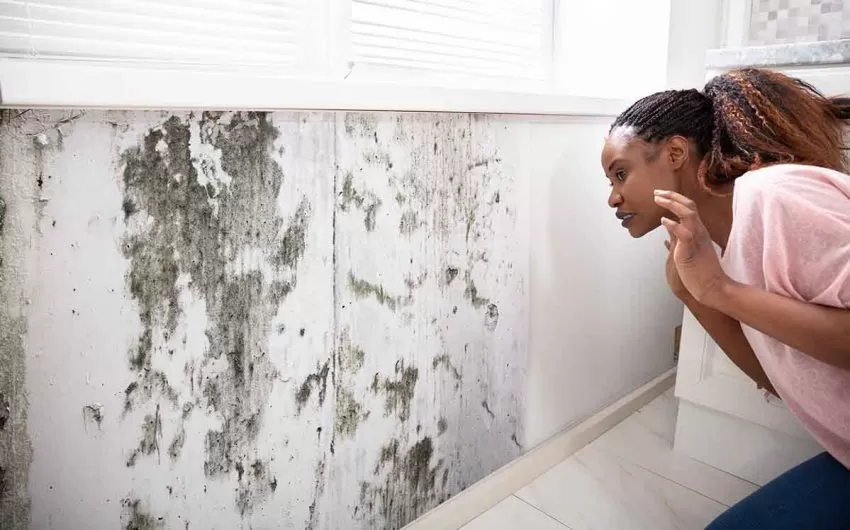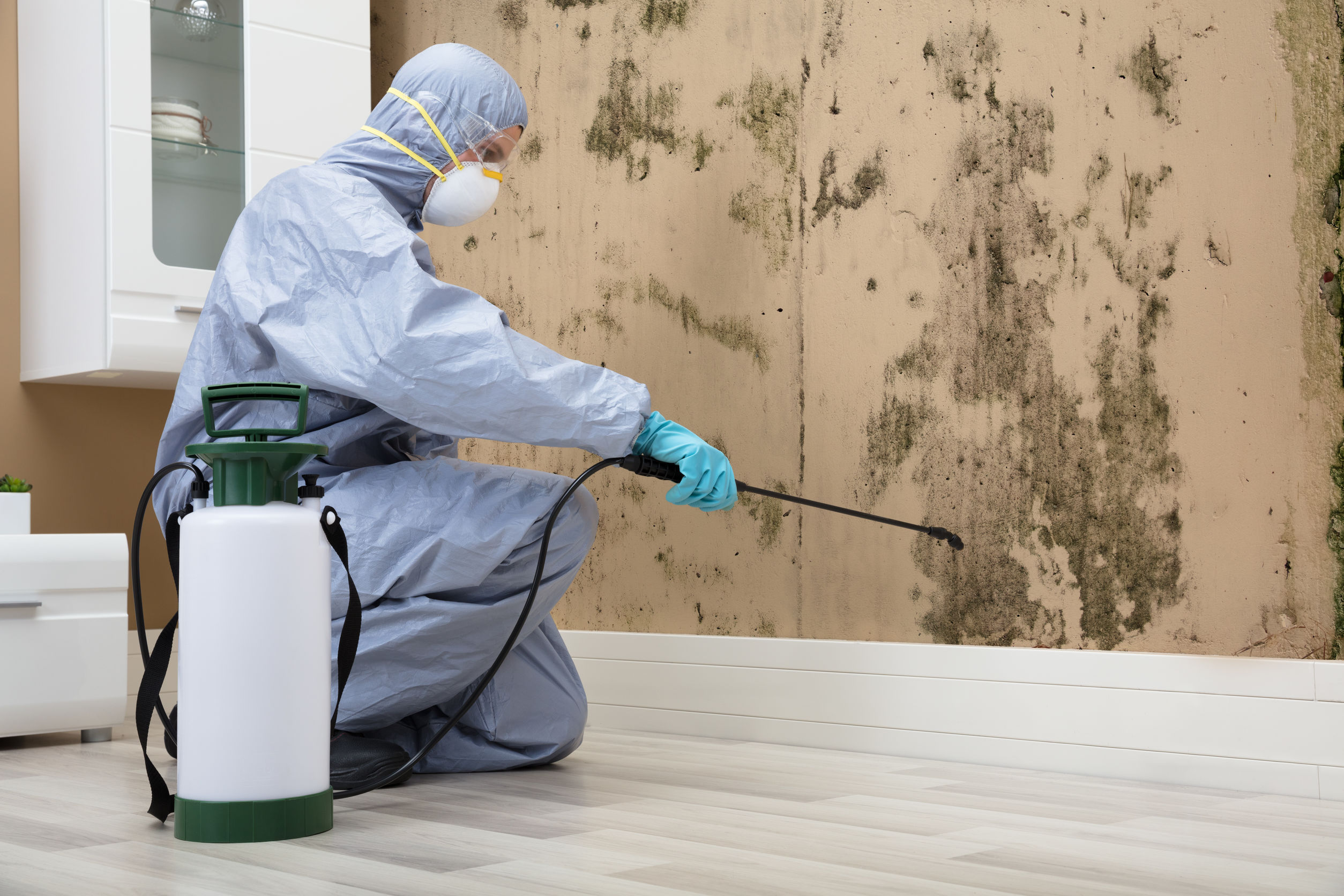Removing mold from homes and buildings requires following certain regulations, guidelines and standards to ensure safety, protect public health and comply with the law. Several organizations have established protocols for properly remediating mold problems in a controlled, contained and regulated manner.
The Environmental Protection Agency (EPA) provides guidelines on mold removal and remediation methods that limit exposure to mold and its spores. Their guidelines cover procedures for containment, protective gear, cleaning methods, proper disposal of debris and waste, and more. The EPA recommends removing and containing mold to no more than 10 square feet or 25 linear feet of mold damage in most cases. Larger remediation jobs may require professional contractors.
The Occupational Safety and Health Administration (OSHA) establishes standards for worker safety and health related to mold removal.
Key things covered under OSHA regulations include:
•Providing proper respirators,protective suits and other gear for mold remediation workers. At a minimum, a respirator approved for mold removal along with a disposable coverall suit is required.
•Protecting workers from fall hazards when working on surfaces like roofs, attics, elevated floors involved in mold removal. Safety harnesses, rails and ladders must meet standards.

•Training workers on hazards of mold exposure and proper procedures/techniques before performing any mold removal work. Only properly trained individuals are permitted to remediate mold.
•Following specifications for containment barriers, airlocks and negative pressure systems used to isolate work areas and limit mold spread. Air testing may be required before tearing down containment.
•Adhering to standards for cleaning and disinfecting equipment used for mold removal to avoid contaminating other areas. Dedicated tools should be used exclusively for mold work when possible.
•Properly disposing of all mold debris, waste and PPE used during the remediation process according to regulations. Certain types of mold materials are considered hazardous waste.
Some states and local governments issue their own mold regulations and guidelines as well. Following all standards at the EPA, OSHA and other levels ensures complete compliance and helps avoid legal issues if there are any questions regarding the mold removal process.
For larger or more complex mold problems, the EPA recommends hiring a professional mold removal contractor that follows all regulations and can properly contain, remove and dispose of mold to avoid legal liability or harm to people and property. Ensuring safety, health and compliance at every step of the mold removal process leads to complete elimination of the problem without damage or spread to other areas.

